Innovative Meat Packaging Solutions
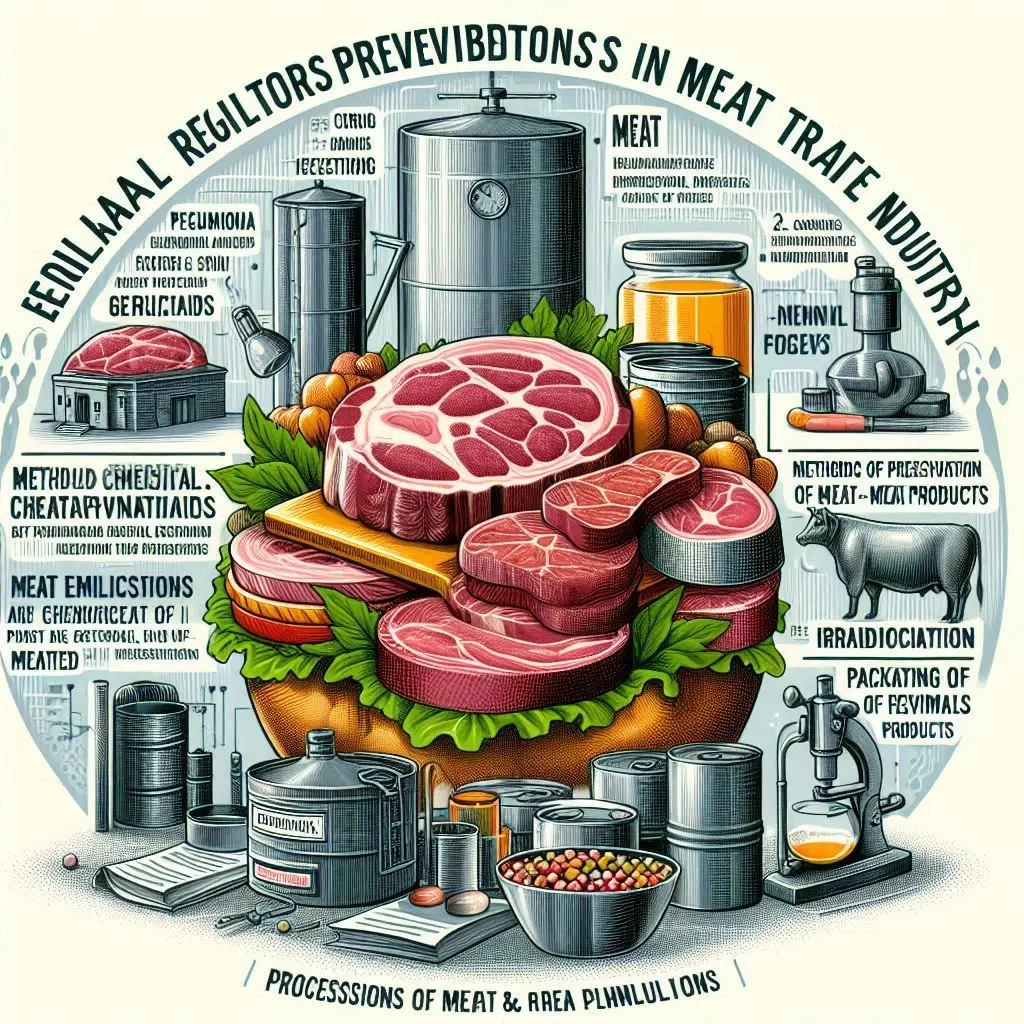
Introduction to Meat Packaging
Meat packaging plays a crucial role in maintaining the quality, safety, and shelf life of meat products. As consumer demand for fresh and safe meat rises, the packaging industry continuously innovates to meet these needs. This article explores various packaging techniques, materials, and methods used in the meat industry.
Importance of Meat Packaging
Proper packaging is essential for several reasons:
- Quality Preservation: Effective packaging helps maintain the meat’s freshness, texture, and nutritional value.
- Microbial Protection: It prevents contamination from bacteria and other pathogens.
- Extended Shelf Life: Innovative packaging techniques prolong the shelf life of meat products, reducing food waste.
- Consumer Appeal: Attractive packaging can influence purchasing decisions.
Types of Meat Packaging
1. Vacuum Packaging
Vacuum packaging removes air from the package, which helps prevent oxidation and spoilage. This method is widely used for fresh and processed meats.
- Benefits:
- Extends shelf life.
- Maintains flavor and moisture.
- Applications: Ideal for steaks, sausages, and deli meats.
2. Modified Atmosphere Packaging (MAP)
MAP replaces the air inside the package with a gas mixture, usually nitrogen and carbon dioxide. This technique is effective in slowing down spoilage.
- Benefits:
- Reduces microbial growth.
- Preserves color and texture.
- Applications: Commonly used for minced meat and ready-to-eat products.
3. Active Packaging
Active packaging incorporates substances that actively interact with the food or the environment. This can include oxygen scavengers or antimicrobial agents.
- Benefits:
- Enhances food safety.
- Maintains quality over time.
- Applications: Used in various meat products to extend shelf life.
4. Smart Packaging
Smart packaging uses technology to monitor the condition of the meat. This can include indicators that change color based on freshness.
- Benefits:
- Provides real-time information on product status.
- Informs consumers about safety.
- Applications: Useful for high-value meat products.
Packaging Materials for Meat
1. Flexible Packaging
Flexible packaging materials include films made from plastics like polyethylene and polypropylene.
- Advantages:
- Lightweight and cost-effective.
- Offers good barrier properties.
2. Rigid Packaging
Rigid packaging includes trays and containers that provide structural support.
- Advantages:
- Protects meat from physical damage.
- Enhances product visibility.
3. Biodegradable Materials
With increasing environmental concerns, biodegradable packaging materials are gaining popularity.
- Advantages:
- Reduces environmental impact.
- Appeals to eco-conscious consumers.
Innovations in Meat Packaging
1. Sustainable Practices
The meat packaging industry is moving towards more sustainable practices. This includes using recyclable materials and reducing waste.
2. Advanced Barrier Technologies
Innovations in barrier technologies help improve the shelf life of meat products by preventing oxygen and moisture ingress.
3. Edible Coatings
Edible coatings made from natural ingredients can enhance preservation without adding synthetic materials.
Conclusion
Innovations in meat packaging are crucial for preserving quality, ensuring safety, and meeting consumer demands. As technology advances, the industry will continue to evolve, focusing on sustainability and efficiency.
For more pearls of Vets Wisdom:
https://wiseias.com/partitioning-of-food-energy-within-animals/


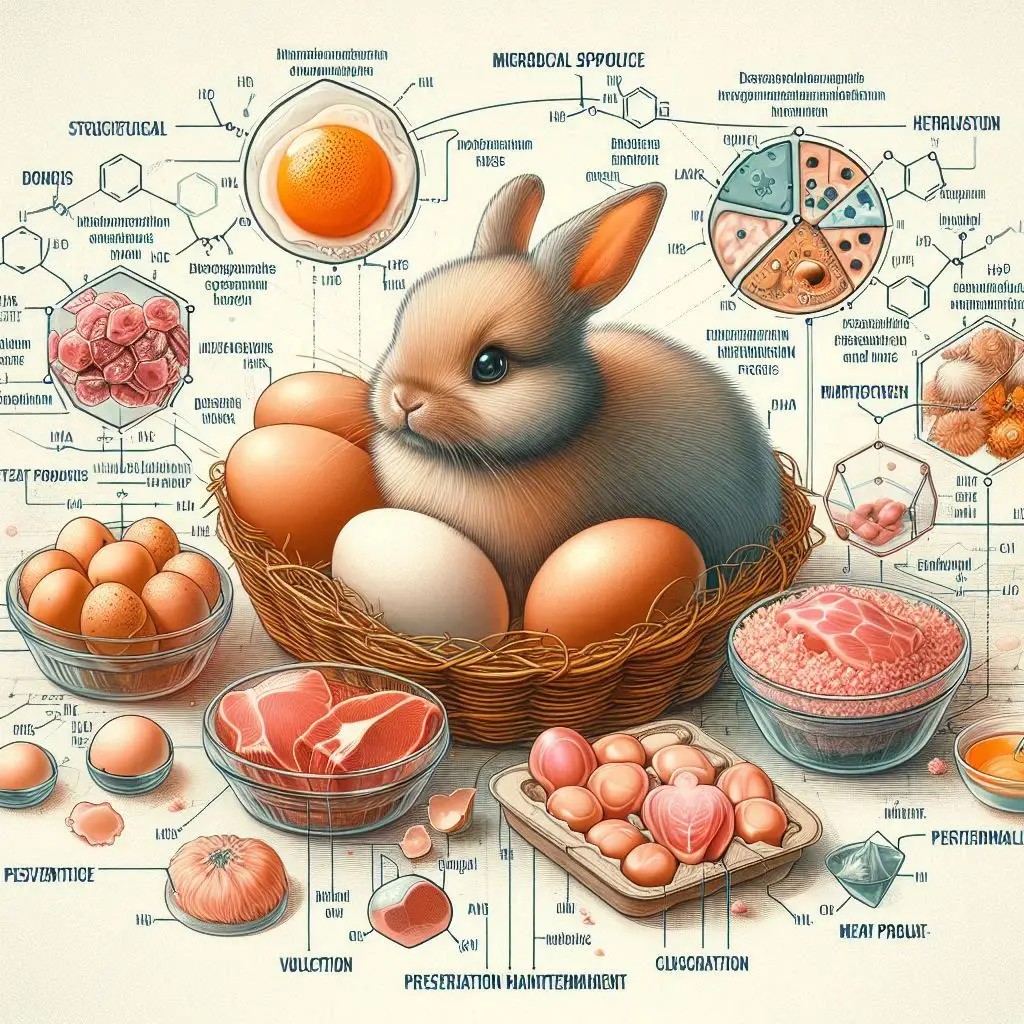
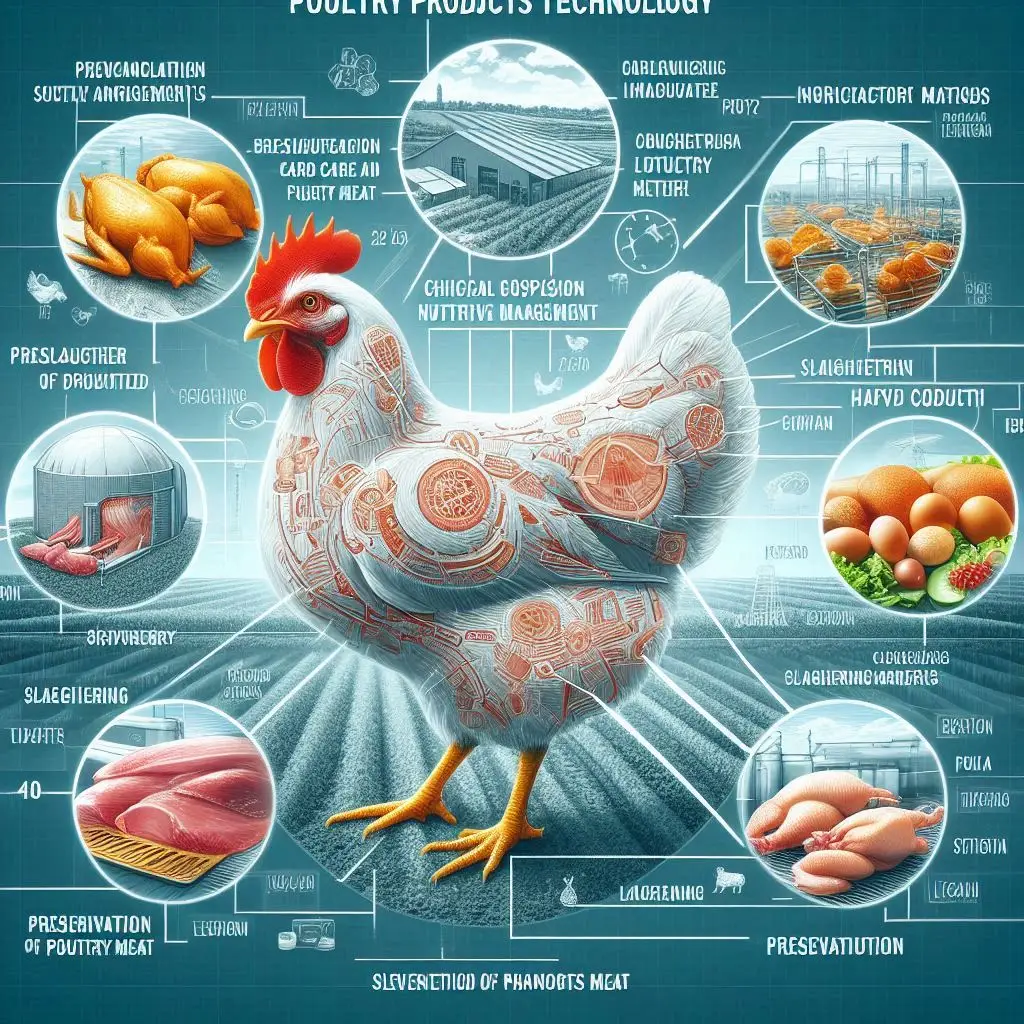
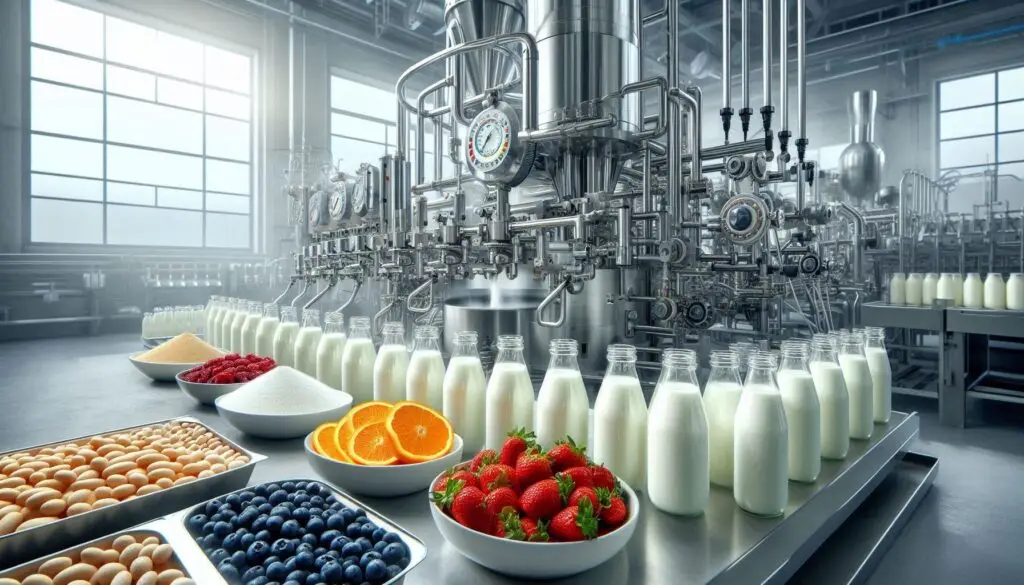
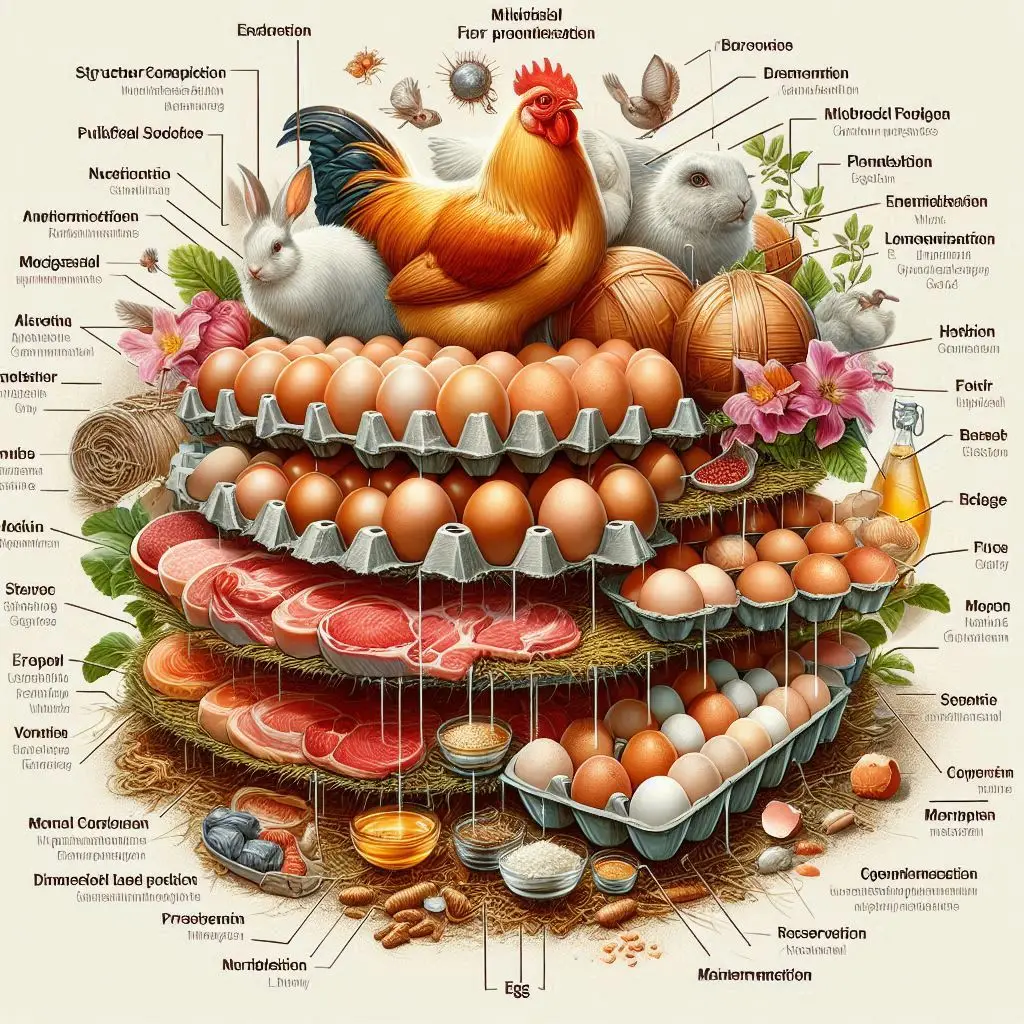
Responses